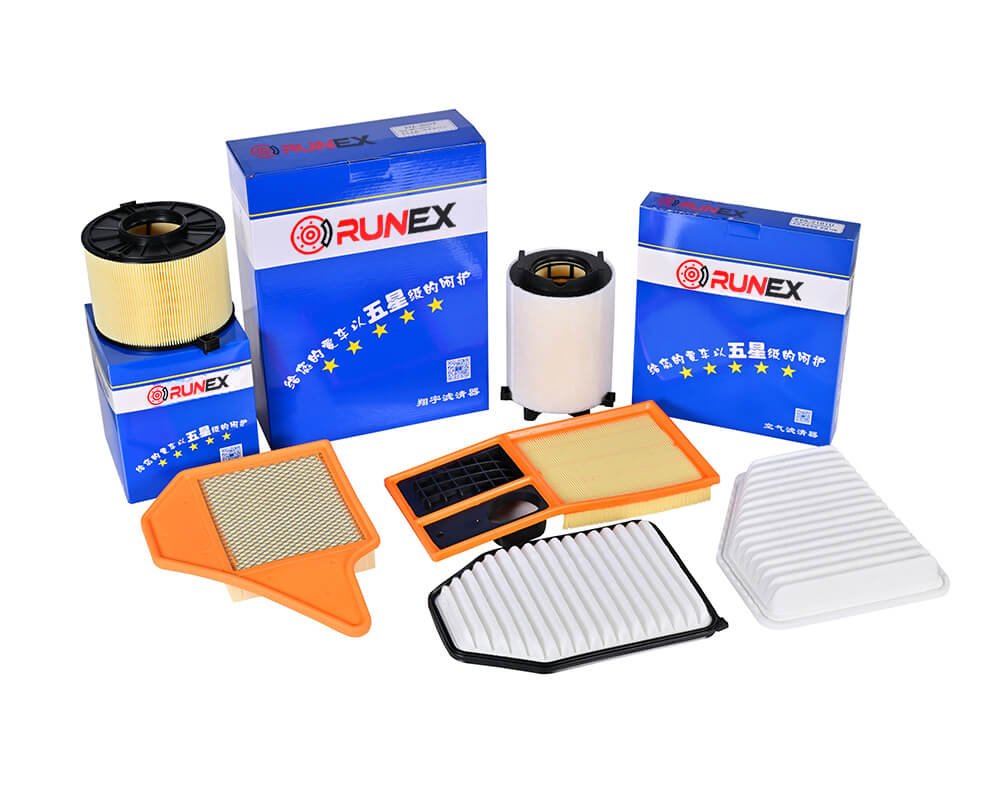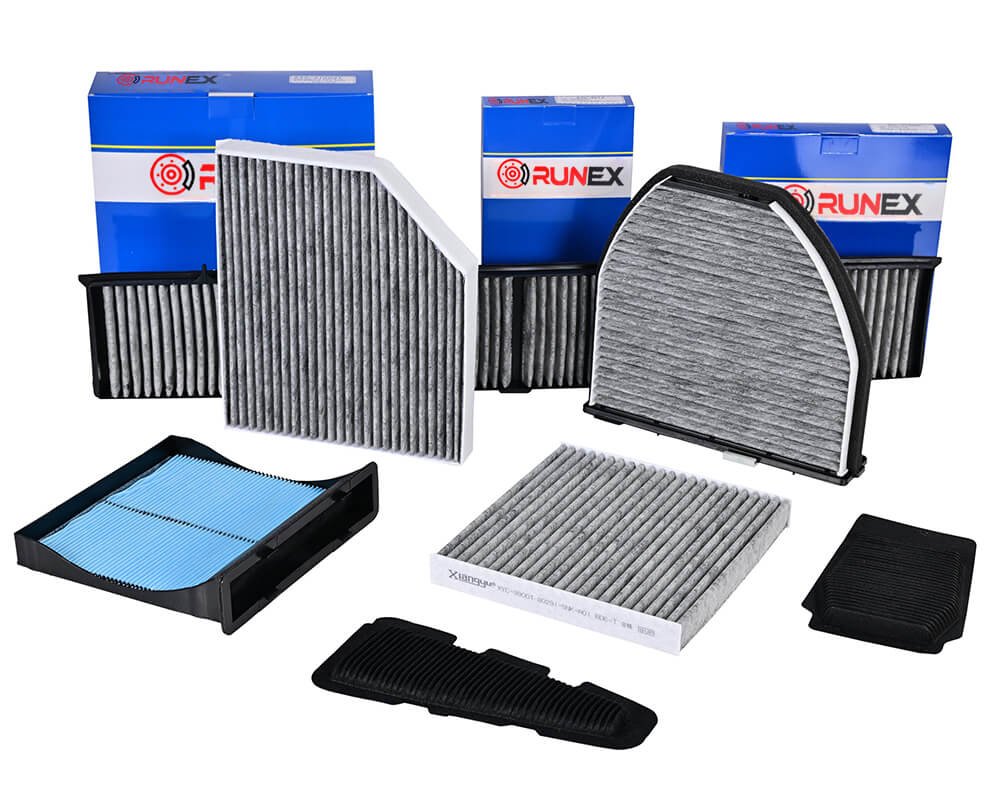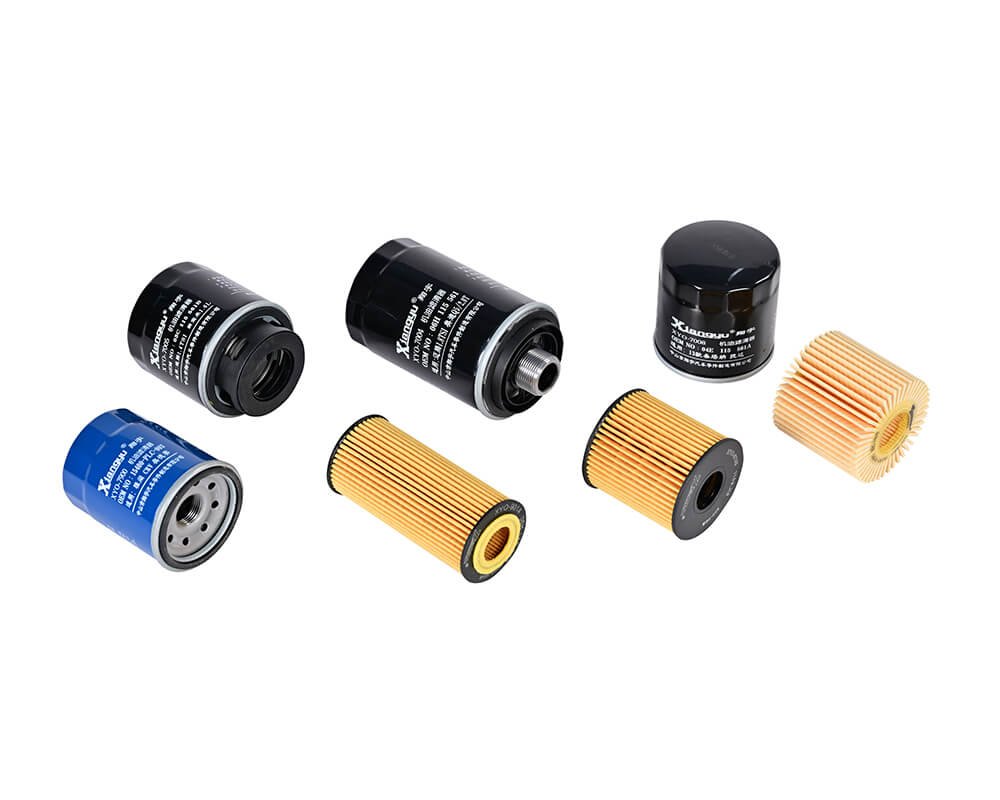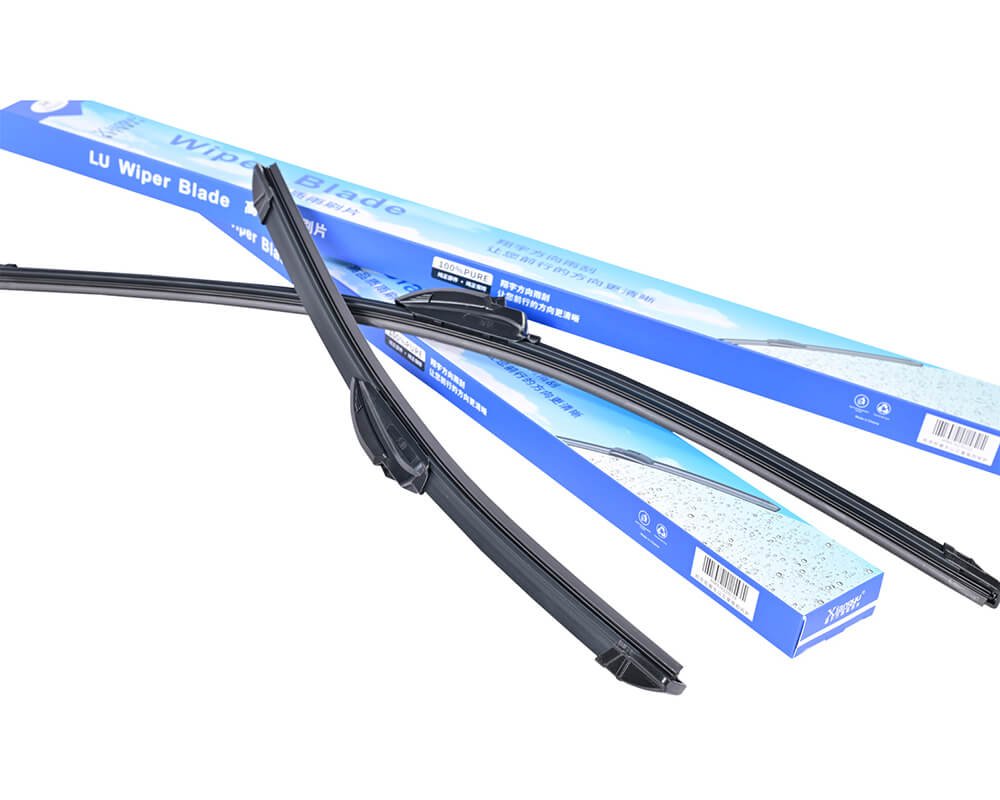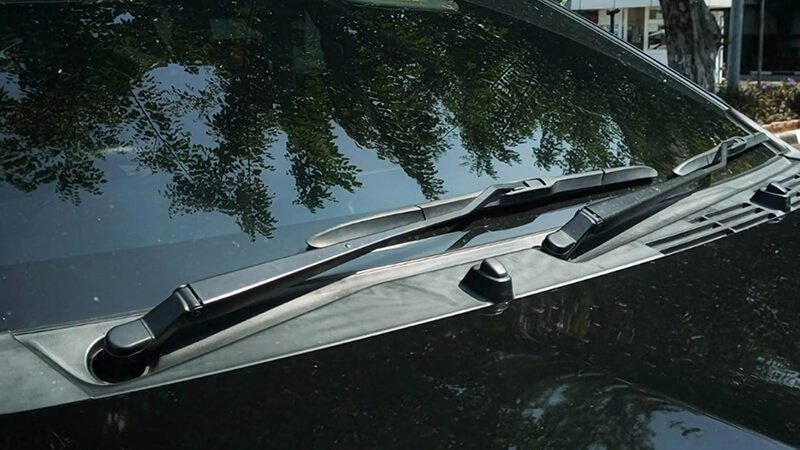
We all know how important brake pads are—without them, your car won’t stop, and that’s definitely not a good situation. The challenge, however, is picking the right brake pads for your car. It’s like shopping for shoes—there are so many options, and you want the ones that fit best. So, what should you consider when choosing auto brake pads? Let me take you through the key factors that make the difference between smooth stops and disastrous ones.
Choosing brake pads isn’t as simple as picking up the first set you see on the shelf. In fact, there are several factors that can make or break your decision. Understanding the material, performance requirements, and even your driving style is crucial. You don't want just any brake pads; you want the right ones.
First, let’s talk about material. Brake pads are made from various materials, and the type you choose will directly affect how well they perform and how long they last. The three most common materials are organic, semi-metallic, and ceramic. Let’s break these down.
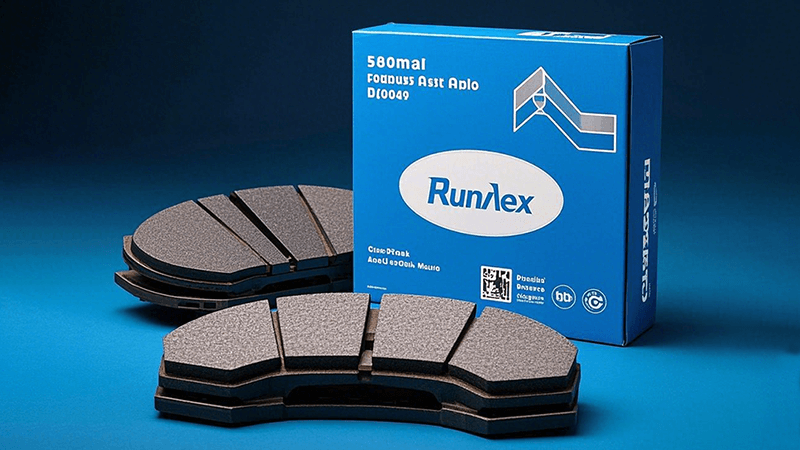
Organic Brake Pads
Organic pads are made of a combination of materials like rubber, glass, and carbon. They’re softer than other types, which means they produce less noise and dust. However, they wear out faster and are generally not ideal for heavy-duty braking. If you're mostly commuting or driving in the city, organic pads can be a good option.
Semi-Metallic Brake Pads
Semi-metallic pads are a hybrid of metal and other materials like graphite and copper. They are durable and offer better performance under high temperatures, making them ideal for drivers who need strong, consistent braking. These pads do tend to make more noise and produce more dust than organic ones, but they are built for performance.
Ceramic Brake Pads
Ceramic pads are made from ceramic fibers, bonding agents, and fillers. They offer superior performance with a longer lifespan than organic and semi-metallic options. Ceramic pads are quieter and produce less dust. However, they are also more expensive. If you’re looking for premium performance and can handle the cost, ceramic pads are the way to go.
So, how do you pick the right material? It really depends on your driving habits. If you drive in a busy city and mostly brake gently, organic pads may be the best fit. But if you’re driving a larger vehicle, towing a trailer, or doing a lot of highway driving, semi-metallic or ceramic pads might be more suited to your needs.
Next, consider the brake pad performance. This involves several elements like stopping power, heat resistance, and wear rate. When choosing brake pads, you want to make sure they can handle the type of driving you do.
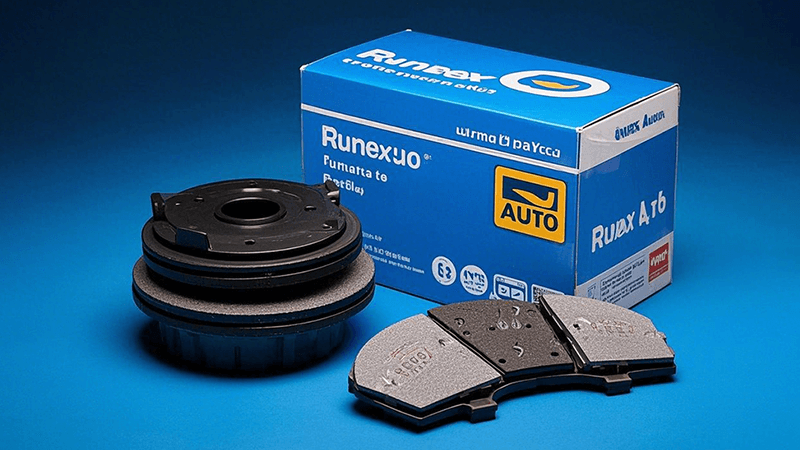
Stopping Power
If you live in a hilly area or need to stop quickly often (think frequent emergency braking), you’ll need a brake pad with high stopping power. Semi-metallic and ceramic pads typically offer superior stopping power compared to organic pads. They’re engineered to perform well under high-stress situations.
Heat Resistance
When brake pads heat up, they can lose their effectiveness, leading to brake fade. Ceramic brake pads are known for their superior heat resistance, making them perfect for heavy-duty vehicles or high-performance driving. Semi-metallic pads also perform better than organic ones in high-heat conditions.
Wear Rate
Brake pads are consumable, and their lifespan can vary greatly depending on the material and how much stress they endure. Organic pads wear out faster than semi-metallic or ceramic pads. If you're looking for longer-lasting pads, ceramic or semi-metallic ones might be your best bet.
You also need to think about your driving style. Are you the kind of driver who prefers smooth, easy stops, or do you push your car to its limits? The latter might require high-performance brake pads, while the former might benefit from quieter, softer organic ones.
Then there’s the vehicle type to consider. If you're driving a compact car, your needs will be different than if you're behind the wheel of a heavy-duty truck. For larger vehicles or those used for towing, semi-metallic or ceramic pads are usually recommended, as they can handle the additional stress. Lighter vehicles, like compact cars or sedans, can often get by with organic pads.

OEM vs Aftermarket Brake Pads
Now, let’s talk about whether to go with OEM (Original Equipment Manufacturer) or aftermarket brake pads. OEM pads are the ones that came with your car when it was first built, and they are usually designed specifically for your vehicle. Aftermarket pads, on the other hand, are made by third-party manufacturers and can be tailored to different driving conditions or performance requirements.
OEM brake pads are generally a safe bet since they’re designed to match your car’s specific needs. However, aftermarket pads can offer performance upgrades or cost savings. If you're willing to compromise a bit on price and performance, aftermarket pads can give you more options, but make sure they meet the right specifications.
Additional Factors to Consider
When selecting brake pads, there are a few more details to keep in mind. These factors can influence how the pads perform and how much they cost.
- Noise Levels: No one likes squeaky brakes. Organic pads tend to be quieter, while semi-metallic and ceramic pads may produce more noise. If you want a quieter ride, go for organic or high-quality ceramic options.
- Dust Production: Brake dust can accumulate on your wheels, so consider the amount of dust the pads will generate. Ceramic pads tend to produce the least amount of dust.
- Cost: Generally, organic pads are the cheapest, followed by semi-metallic, and ceramic pads being the most expensive. You’ll need to balance performance and cost depending on your budget.
The bottom line is this: Choose your brake pads based on your driving habits, vehicle type, and how much you’re willing to spend. It’s not just about picking the cheapest option—it’s about finding the pads that will give you the best performance for your needs.
Now that you’ve got the basic rundown, let’s talk about the importance of proper installation and maintenance. You could buy the best brake pads in the world, but if they’re installed incorrectly, you won’t get the performance you need. Always have your brake pads installed by a professional, and make sure they’re checked regularly for wear. It’s better to replace them early than wait for them to fail.

Maintenance and Care Tips
To get the most out of your brake pads, regular maintenance is key. Ensure your braking system is inspected during routine car check-ups. Keep an eye on pad thickness—most pads have wear indicators that will let you know when it’s time for a replacement. And don’t forget to check the brake fluid level, as low fluid can impact braking performance.
In conclusion, choosing the right brake pads is crucial for safety and performance. It’s not just about picking the most expensive option or the first one you see on the shelf. Take into account your driving style, vehicle type, and budget. And remember—brake pads are one of the most important parts of your car’s safety system. Don’t cut corners when it comes to your brakes.
For more details on choosing brake pads or to browse our selection at Runex Auto, visit our website and start making the best decision for your vehicle.
References:
- "How to Choose the Right Brake Pads for Your Car? A Guide to Types of Brake Pads (Ceramic, Metallic, Organic) and Their Applications", from Master Sport.
- "Selecting the Best Brake Pads Type Driving Style: A Practical Guide", from DFC.



